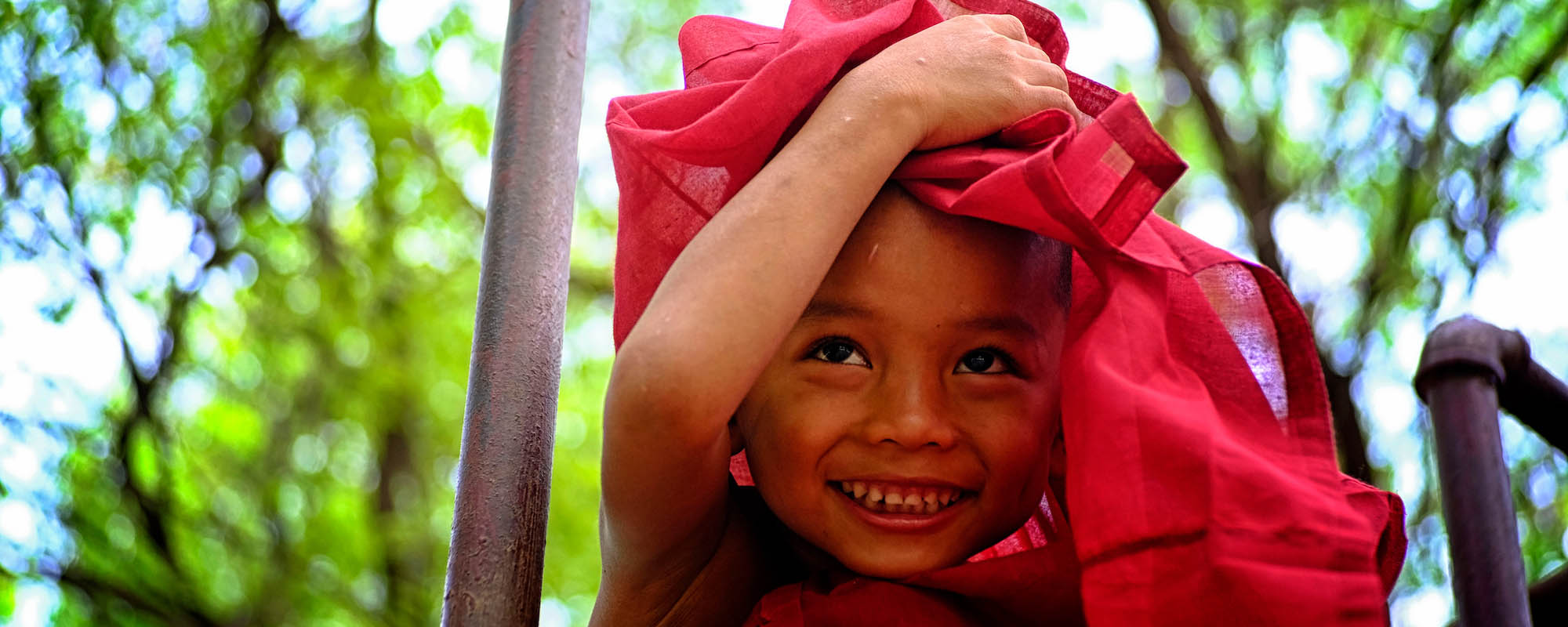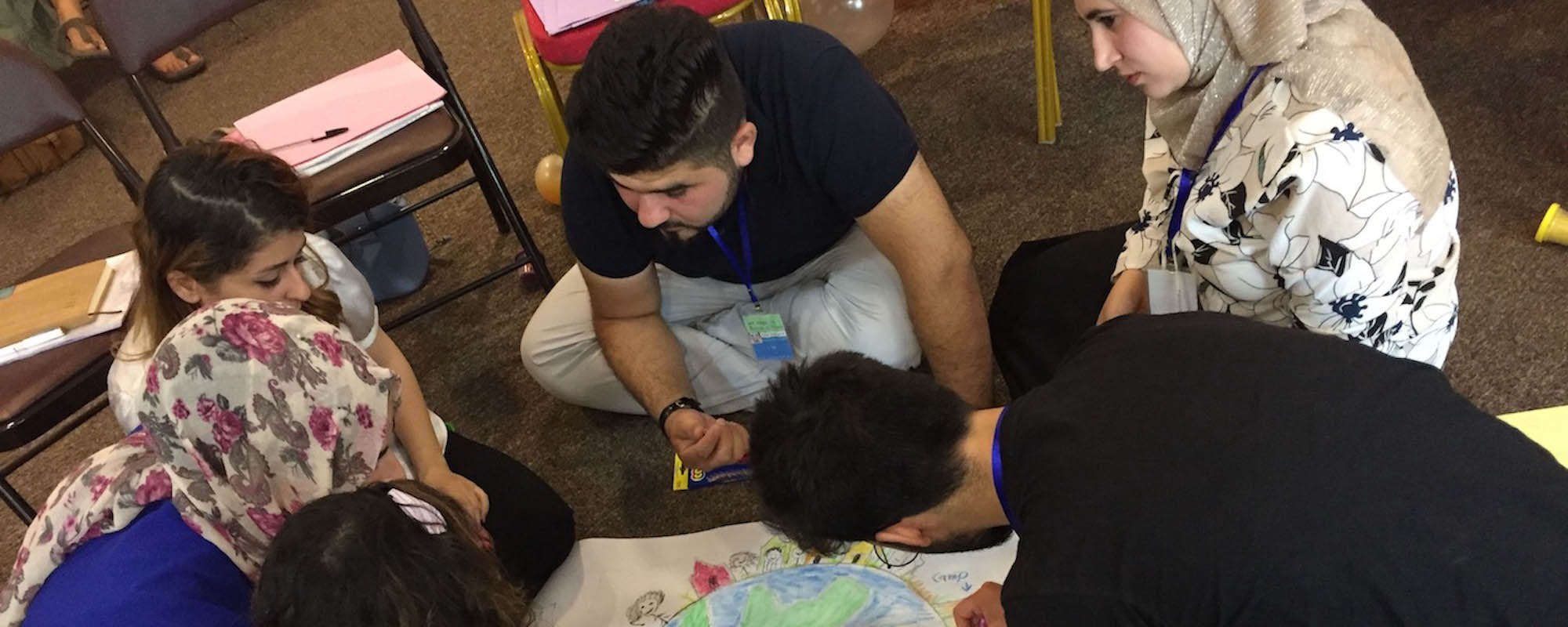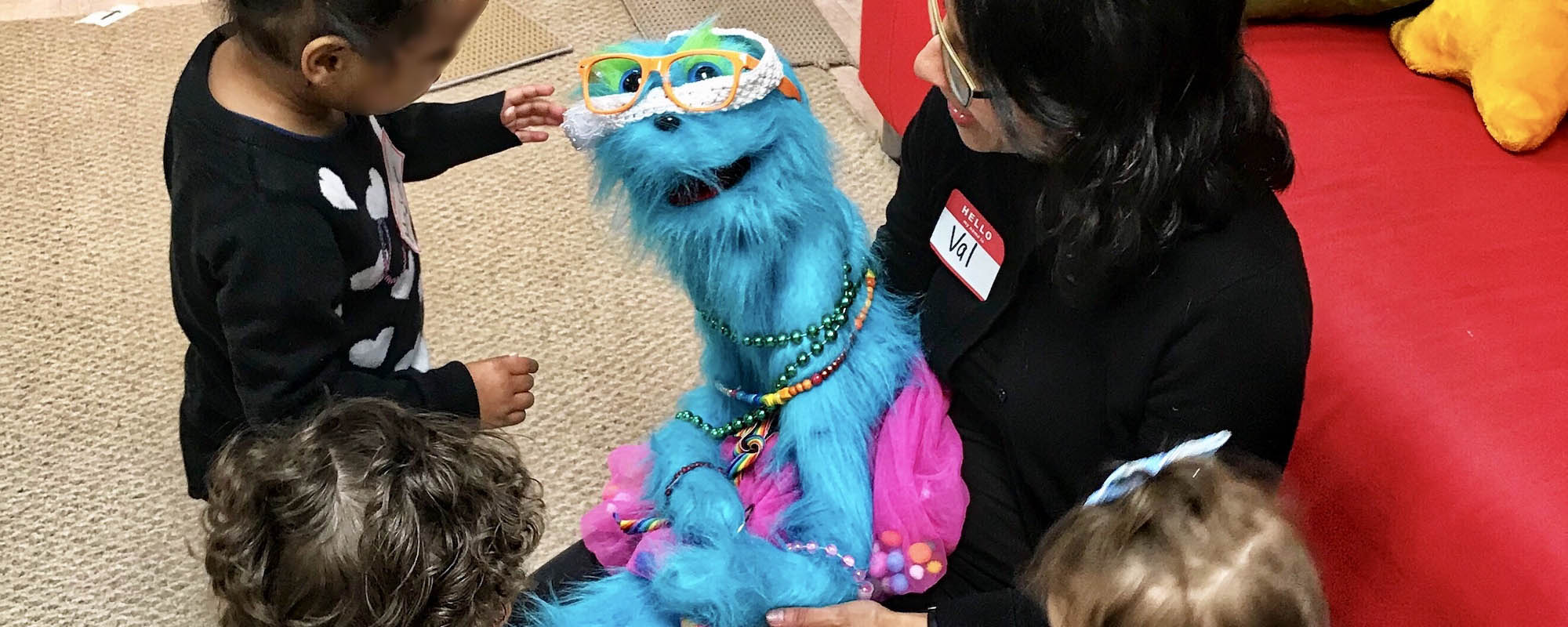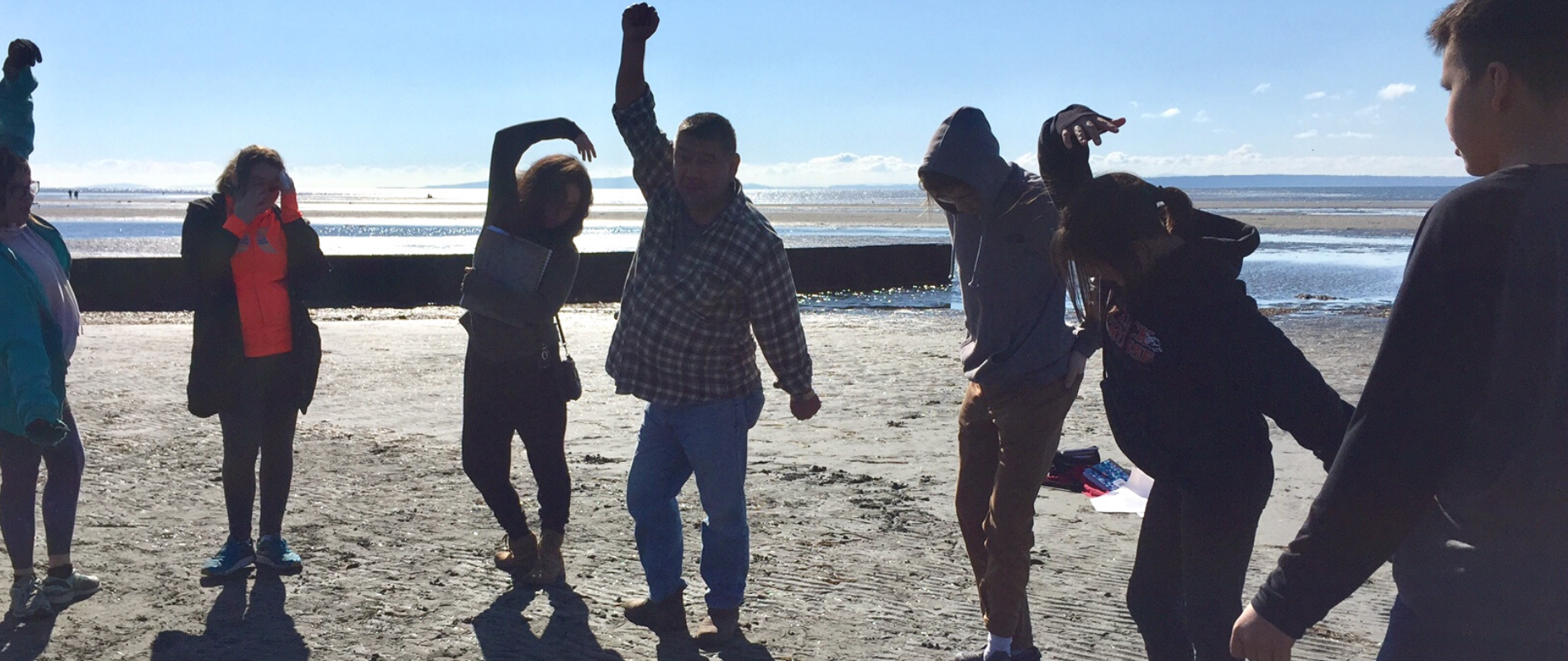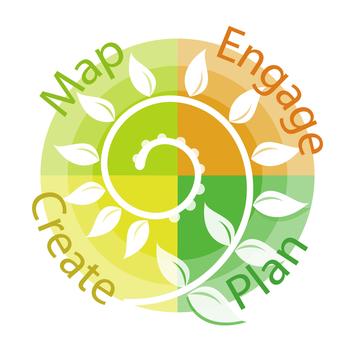
To support the practical implementation of the principle lead with children and youth, IICRD has a developed a participatory child and youth centred approach to research and community development entitled the Circle of Rights: Intentional Planning for Social Change.This reflective methodology, begins with children’s own perspectives and helps community stakeholders, agencies and policymakers to develop integrated child rights policy, programming and monitoring systems that build from local strengths in meeting challenges facing children, their peers, families and communities. The Circle of Rights process is iterative in nature and guides children and communities through four distinct phases: map, engage, plan, and create, to support better outcomes for children and youth in their day to day lives. Specifically the Circle of Rights helps to:
- Understand child protection context and identify opportunities for influence
- Give voice and visibility to children and youth, highlighting their unique experiences and perspectives
- Challenges assumptions about community child protection, grounding it in their day to day realities
- Creates space for inter-generational understanding, discussion and reflection around child protection concerns
- Support informed innovation and collective, sustained actions
For more information see: Currie, V., & Heykoop, C. (2011). CPP Circle of Rights workbook series: Reflective planning for social change. Victoria, BC: International Institute for Child Rights and Development.

